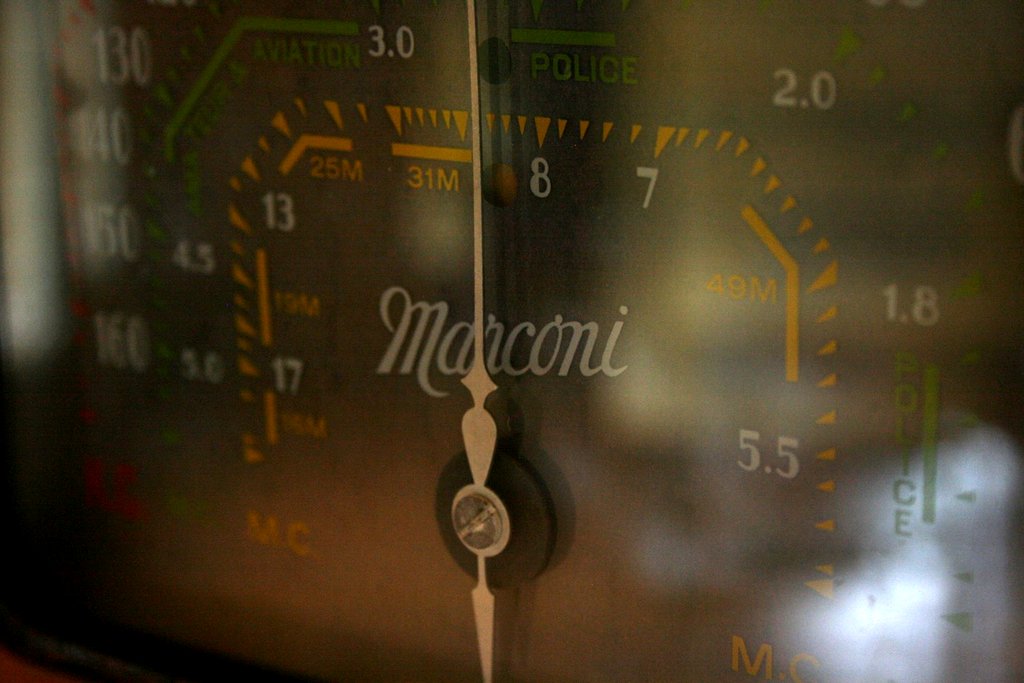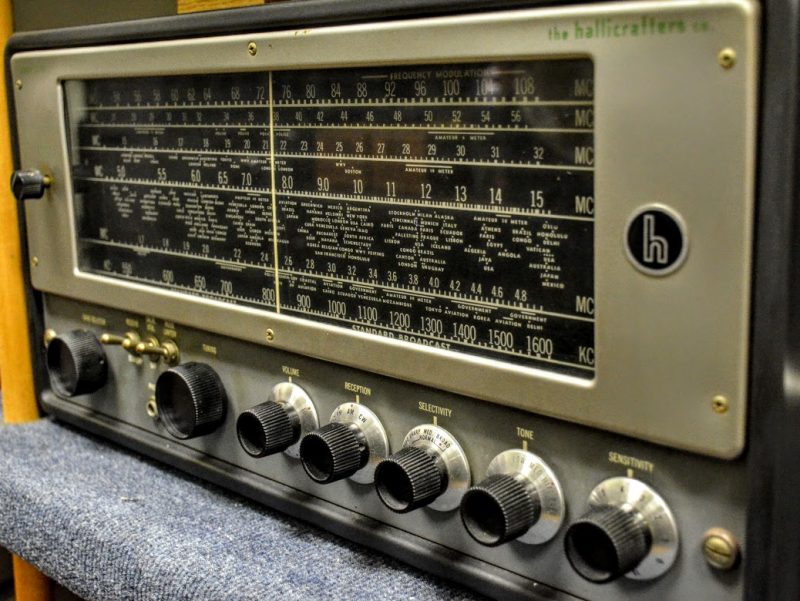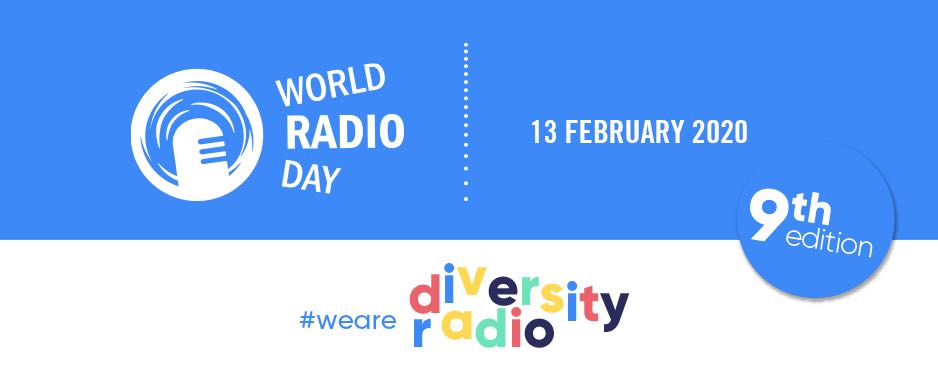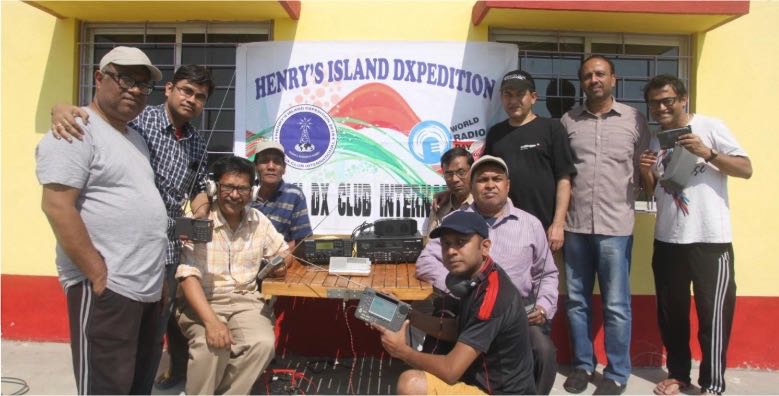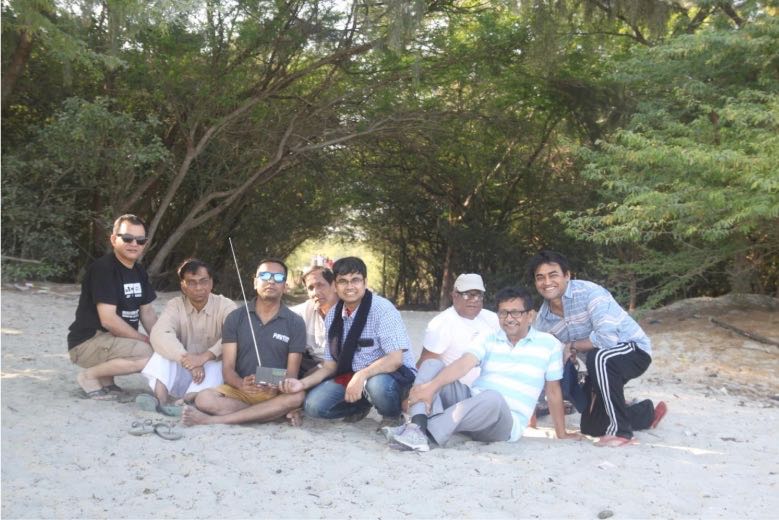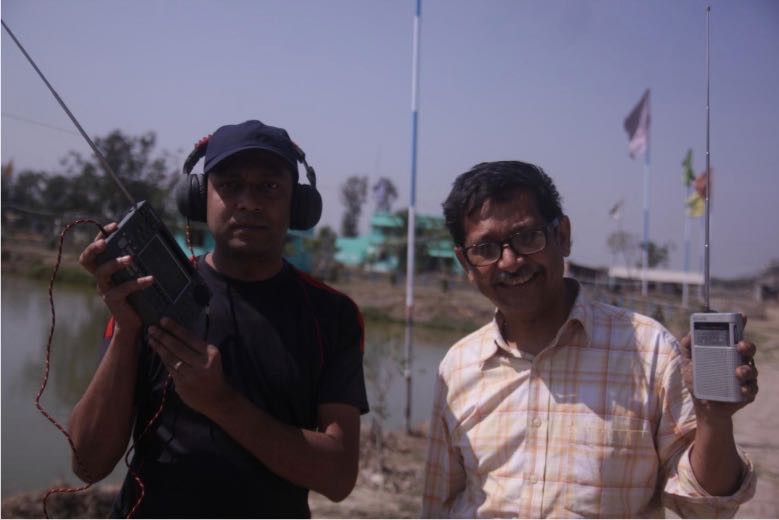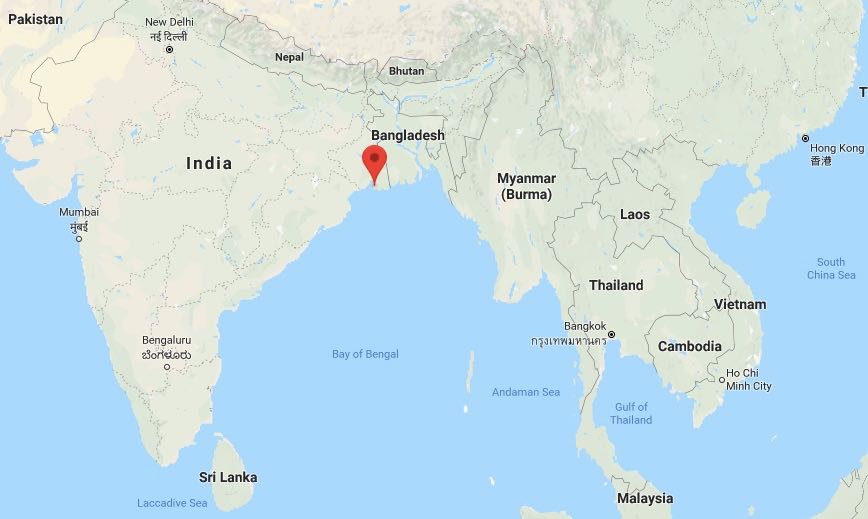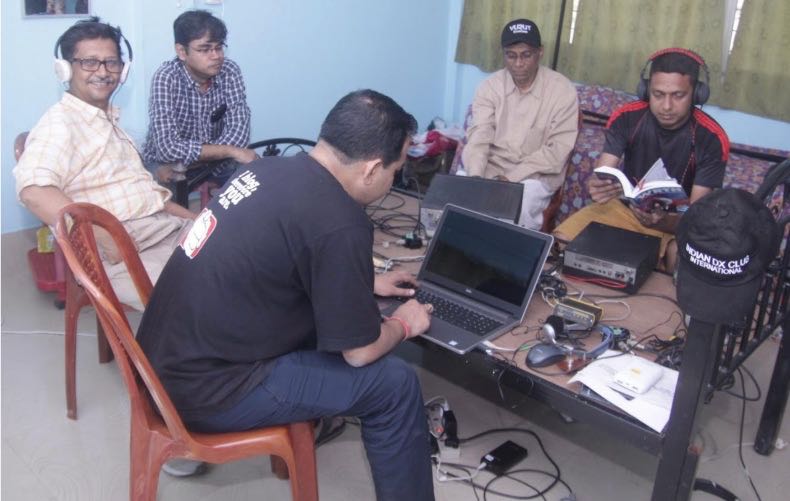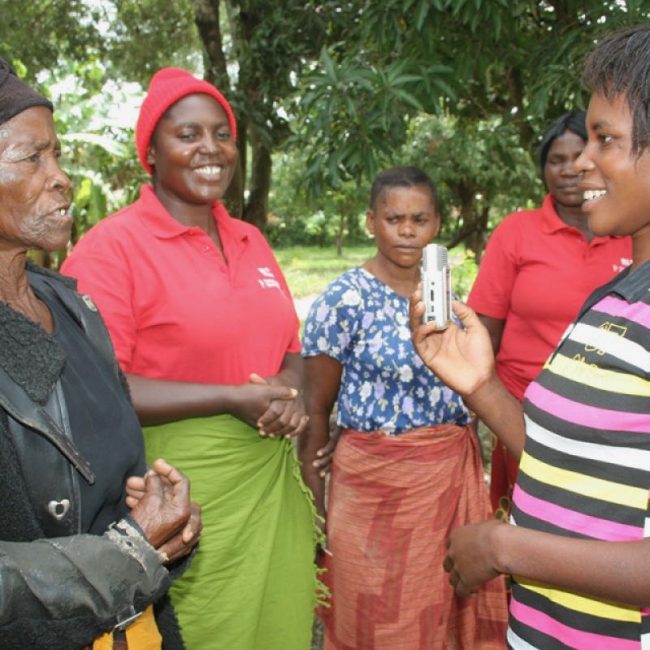Radio Waves: Stories Making Waves in the World of Radio
Because I keep my ear to the waves, as well as receive many tips from others who do the same, I find myself privy to radio-related stories that might interest SWLing Post readers. To that end: Welcome to the SWLing Post’s Radio Waves, a collection of links to interesting stories making waves in the world of radio. Enjoy!
Many thanks to SWLing Post contributors Patrick, Marcus, Mike and Tracy for the following tips:
China bans BBC World News from broadcasting (BBC News)
China has banned BBC World News from broadcasting in the country, its television and radio regulator announced on Thursday.
China has criticised the BBC for its reporting on coronavirus and the persecution of ethnic minority Uighurs.
The BBC said it was “disappointed” by the decision.
It follows British media regulator Ofcom revoking state broadcaster China Global Television Network’s (CGTN) licence to broadcast in the UK.
Separately, the broadcaster Radio Television Hong Kong (RTHK) said it would stop relaying BBC World Service programming in the region, prompting condemnation from the BBC.
China’s State Film, TV and Radio Administration said that BBC World News reports about China were found to “seriously violate” broadcast guidelines, including “the requirement that news should be truthful and fair” and not “harm China’s national interests”.
It said that the BBC’s application to air for another year would not be accepted.
The BBC said in a statement: “We are disappointed that the Chinese authorities have decided to take this course of action. The BBC is the world’s most trusted international news broadcaster and reports on stories from around the world fairly, impartially and without fear or favour.”[…]
In Our Time: The Invention of Radio (BBC Sounds)
Melvyn Bragg and his guests discuss the invention of radio. In the early 1860s the Scottish physicist James Clerk Maxwell derived four equations which together describe the behaviour of electricity and magnetism. They predicted the existence of a previously unknown phenomenon: electromagnetic waves. These waves were first observed in the early 1880s, and over the next two decades a succession of scientists and engineers built increasingly elaborate devices to produce and detect them. Eventually this gave birth to a new technology: radio. The Italian Guglielmo Marconi is commonly described as the father of radio – but many other figures were involved in its development, and it was not him but a Canadian, Reginald Fessenden, who first succeeded in transmitting speech over the airwaves.
With:
Simon Schaffer
Professor of the History of Science at the University of CambridgeElizabeth Bruton
Postdoctoral Researcher at the University of LeedsJohn Liffen
Curator of Communications at the Science Museum, LondonProducer: Thomas Morris
World Radio Day 2021: Radio creates diversity and connects people (RADIOZENTRALE GmbH)
World Radio Day 2021: Radio creates diversity and connects people
World Radio Day will be announced by UNESCO for the tenth time on February 13th and once again refers to how important radio is for society and why it connects people.
Time to celebrate: UNESCO has proclaimed World Radio Day for the tenth time. In Germany, radio has been the everyday companion of people for a hundred years and, more than ever, radio is the medium of the hour. So this jubilee round provides many good reasons to pause and ask what radio means for each individual, society and the world. Radio itself does not take a break, it is on the air – every day and around the clock. Radio informs, entertains and offers a variety of programs, opinions and content. As a matter of course – and yet so indispensable – radio, both large and small, is the vital voice of people and for people.
At the global level, radio remains the most widely consumed medium
The world is changing rapidly. Social and political processes are becoming more dynamic due to new technologies, the communication network is getting faster and bigger and the challenges are becoming more important. In these processes, radio not only offers diversity, classification and orientation, but is also an integral part of opinion-forming because it is the platform for democratic discourse. This unique ability to reach a wide audience means radio can shape a society through diversity and is the place for those who want to speak up.
100 years of radio in Germany
In Germany, the medium for the ears and the head cinema is celebrating its centenary this year. The innovative strength of the medium and the trust base with listeners that has grown over the decades make it possible for radio to be the medium of the hour more than ever. It is the last mass medium and at the same time can digitally reach everyone with the entire range of offers. Radio is at eye level with people – both in terms of content and technology. Because just as society and people’s everyday lives have changed dramatically, so too have listening habits and content. What remains, however, is the great art of putting complex topics into understandable words and giving diversity a voice.
“Today we are experiencing that the world is changing rapidly. We face major challenges when I think of climate change, the current corona pandemic or the debates on racism, for example. The task of radio here is to inform and classify. To make the soft tones heard and to reflect the diversity of opinions, ”says Grit Leithäuser, Managing Director of Radiozentrale. “But the most important thing is to act at eye level with the listeners. This grown connection and mutual trust are something for both sides that one should be aware of and that it has to be preserved every day. Then, in a hundred years, radio will be the medium for people who listen on whatever technical route, in order to learn from one another and to live diversity. ”
World Radio Day was first proclaimed by UNESCO in 2012 and this year it has the motto: “New World, New Radio”. At the suggestion of Spain, the General Conference of UNESCO initiated World Radio Day in memory of the founding of United Nations Radio on February 13, 1946. The aim of the day is to make the public and the media more aware of the importance of radio, to the decision-makers Encourage information to be established and made accessible through the radio.
Further information on World Radio Day can be found at: https://en.unesco.org/commemorations/worldradioday
The generic initiative Radiozentrale sees itself as a common platform for public and private radio stations as well as generic companies in the radio industry. The radio center has set itself the goal of positioning the medium of radio and providing comprehensive information about the (advertising) medium of radio. More information: www.radiozentrale.de
DJ Broadway Bill Lee talks about today’s radio, AM DXing and much more (Stars Cars Guitars via YouTube)
Broadway Bill Lee raps to Alex Dyke about growing up in Cleveland, the impact of the Beatles in 1964 and honing his craft as a DJ. Bill remembers being on-air in New York City the night that John Lennon was murdered and how he felt compelled to take to the air on September 11th 2001.
Do you enjoy the SWLing Post?
Please consider supporting us via Patreon or our Coffee Fund!
Your support makes articles like this one possible. Thank you!

